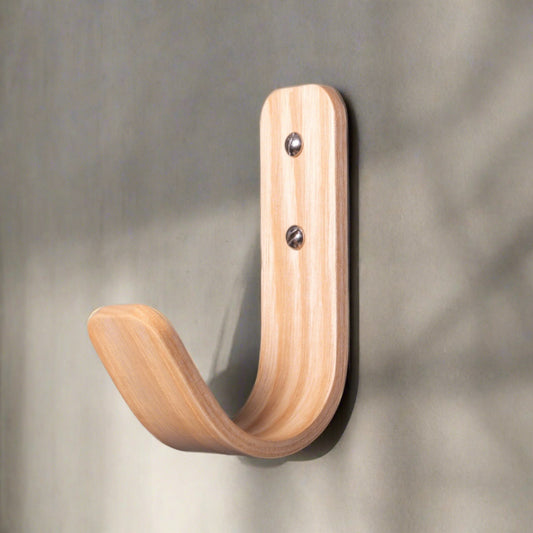
Crafting Sustainability: The Eco-Friendly Legacy of Woodworking
Share
In the realm of construction and design, a silent champion emerges, embodying principles of sustainability and environmental responsibility. Woodworking, often overlooked in its eco-friendly prowess, stands as a testament to the harmonious coexistence of human creativity and nature's resources. This dialogue explores the various facets that make woodworking a frontrunner in sustainable practices, from its roots as a renewable resource to the intricate dance between artistry and environmental conscientiousness. Join us on a journey through the threads of conversation that weave together the narrative of woodworking's profound impact on our planet and its enduring legacy of craftsmanship.
1. Renewable Resource:
Why is woodworking considered more sustainable?
Well, one reason is that wood is a renewable resource. It can be replenished naturally through responsible forestry practices, like sustainable harvesting and replanting.
2. Carbon Sequestration:
How does woodworking help with climate change?
When wood is used in construction or furniture, it continues to store carbon. Trees absorb carbon dioxide, and by using wood products, we contribute to carbon sequestration, helping mitigate the effects of climate change.
3. Low Energy Consumption:
What about the energy aspect of woodworking?
Compared to materials like metals or plastics, the processing and manufacturing of wood generally require less energy. This is because the extraction and processing of metals and plastics involve more energy-intensive processes like mining and refining.
4. Biodegradability:
How does wood compare in terms of waste?
Wood is biodegradable, meaning it can decompose naturally without leaving harmful residues. Unlike non-biodegradable materials like plastics, wood contributes less to long-lasting pollution.
5. Less Pollution:
Are there environmental benefits in terms of pollution?
Definitely. The production of wood products usually involves fewer pollutants compared to materials like metals or plastics. These alternative materials can release harmful chemicals into the air and water during production.
6. Energy Efficiency in Processing:
What advancements have been made in wood processing?
Wood processing technologies have become more energy-efficient, generating less waste. Additionally, residues from manufacturing processes can often be utilized for other purposes, reducing overall waste.
7. Local Sourcing:
Does the sourcing of materials play a role in sustainability?
Absolutely. Wood is often sourced locally, which reduces the environmental impact associated with transportation. This supports local economies and minimizes the carbon footprint linked to long-distance transportation.
Remember, sustainability also depends on responsible forestry practices, adherence to environmental regulations, and the use of eco-friendly finishes and adhesives in woodworking projects. Always consider the specific practices and certifications associated with the wood products to ensure they meet sustainability criteria.
Conclusion:
As we conclude this exploration into the world of woodworking, it becomes evident that the art of crafting with wood extends far beyond the creation of aesthetically pleasing pieces. It is a commitment to a sustainable future, a dance with renewable resources, and a symphony of creativity conducted with environmental stewardship in mind.
In the hands of artisans and craftsmen, wood transforms not just into furniture or structures but into a narrative of responsible choices and conscious living. The echoes of sustainable practices in woodworking resonate as a call to action, inviting us all to consider the environmental footprint of our choices and embrace the beauty of harmony between human ingenuity and the natural world.
As we continue to navigate the complexities of our modern existence, let woodworking stand as a guiding beacon – a timeless reminder that the pursuit of beauty and functionality can coexist with a profound respect for the planet we call home. In every finely carved detail and thoughtfully constructed structure, woodworking whispers a reminder that sustainability is not just a choice but a legacy worth leaving for generations to come.



